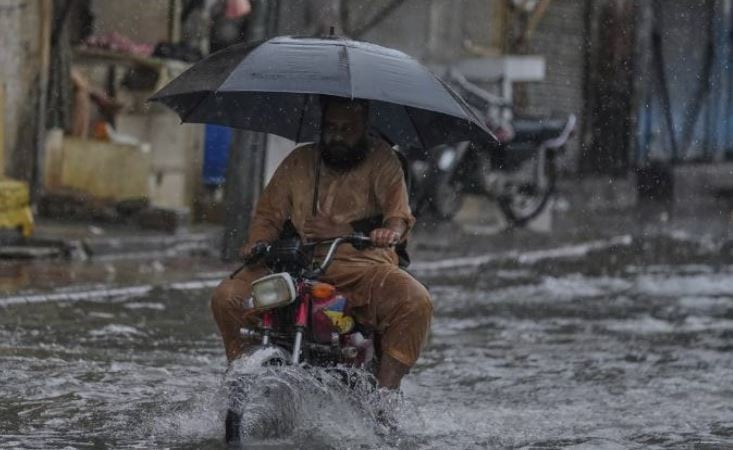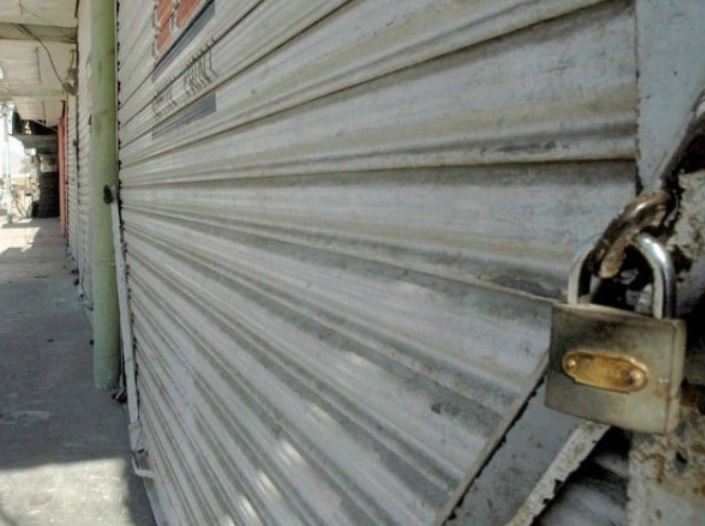DESPITE the lofty promises made by successive governments to enrol out-of-school children (OSC), the count of such youngsters is surging at a disconcerting pace. The rhetoric surrounding efforts to bring these children into the educational fold has not translated into effective actions, leading to a concerning escalation in their numbers.
In 2021, the federal cabinet was briefed by the then Federal Education Minister Shafqat Mehmood that there were 18.7 million OSCs. However, according to a report prepared by the Pakistan Institute of Education in collaboration with UNESCO based on the 2021 and 2022 data, the number of OSCs has risen to 26.2 million. The difference since 2021 to date shows an alarming increase of 40 per cent. Pakistan comes in after Nigeria and India where the number of OSCs is the highest in the world. The report highlights that 39% of these children are not attending school for various reasons, with Balochistan having the highest percentage of 65% of OSCs. The escalating number of OSCs is a matter of great concern, and it necessitates urgent and synchronized actions. The reasons range from economic constraints and lack of infrastructure to cultural and social barriers. It is imperative to understand these factors comprehensively to formulate effective strategies that address the root causes and ensure sustainable solutions. Education is not only a tool for individual empowerment but also a key driver for national development. Addressing the educational conundrum requires a multi-faceted approach that involves collaboration amongst the federal and provincial governments and the civil society. As the numbers continue to rise, it becomes imperative to move beyond mere proclamations and enact tangible measures that will genuinely make a difference in the lives of these marginalized youngsters. It is crucial to invest heavily in the education sector including infrastructure, teacher training and community engagement to remove the barriers preventing children from accessing quality education. It is only by prioritizing education, we can pave the way for a brighter future, where every child has equal opportunities to learn and contribute to the nation’s progress.










